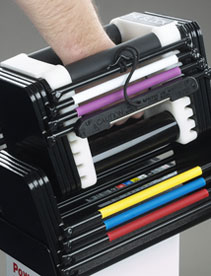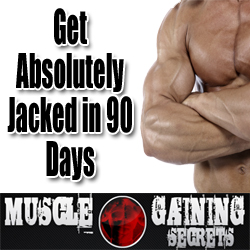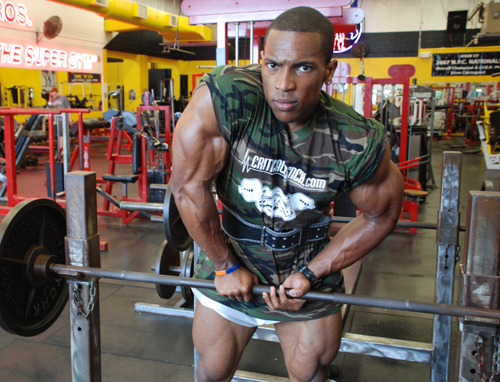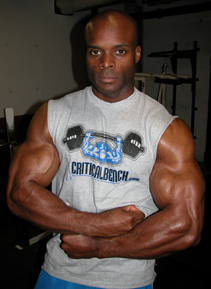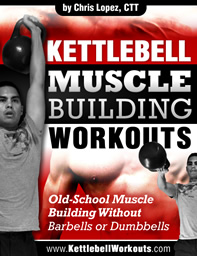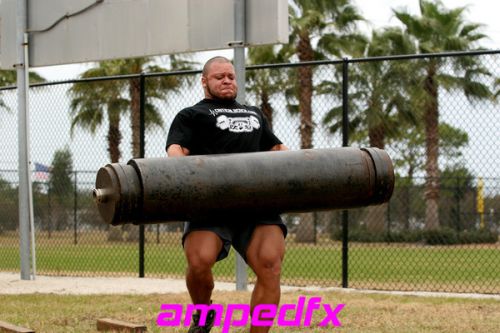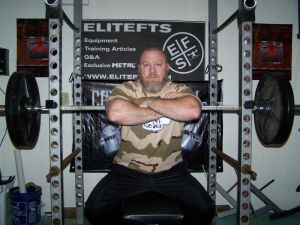I want to set one thing straight before I get started here.
This site is designed around having a solid all round physique with large amounts of lean muscle and low-medium body fat levels, I am writing this from the perspective of somebody wanting to build muscle fast, not someone interested in running marathons or competing in the annual hot dog eating competition!
The question of whether or not cardio has a negative impact on muscle mass is really up in the air for lots of people. I for one know seasoned veterans with concrete beliefs that cardio burns muscle so they steer completely clear. This post will set things straight and help you understand the impact cardio has not only on your performance but also your reflection.
What does cardio exercise ask of your body?
Unlike resistance (weight) training, cardio exercise is traditionally based around repetitive bodyweight movements which maintain a medium to high heart rate for extended periods of time. What this means is that your body's energy output is more centred around entering a catabolic state (tissue burning) rather than the anabolic state we need to build muscle.
To put really simply, when doing cardio exercise, energy is burnt in this order;
1) Carbohydrates (both stored and direct from foods)
2) Fats (from foods and as stored cells)
3) Proteins (amino acids from muscle tissue)
Points 1 & 2 above is where you should aim to be and aim to stay. It is at those stages where one can rapidly reduce their body fat levels while maintaining their hard earned muscle mass.
It is point 3 above that causes all the headaches! This is where your body transfers into a state of mass catabolism just to maintain energy output levels. It has burnt through the energy assigned for standard exercise and now needs an external outlet to keep the ball rolling. The body begins to feed off its own muscle cells as a key source of energy.
When does this happen?
As a general consensus in the strength training industry, medium to high intensity cardio with a duration OVER the 1 hour mark is seen as an instigator for the body shifting into a muscle burning state.
Are there ways to get around this if long cardio can't be avoided?
After training several professional footballers, fighters and other sport men and women I understand that long periods of cardio sometimes simply can't be avoided. So if that person was on a bulking cycle and their main priority was to gain muscle weight while maintaining their fitness levels, I would always recommend 2 things;
By eating 1-2 large servings of complex carbohydrates, you are ensuring your first choice energy stores are at full capacity, the higher they are, the longer they will last.
A method I use to measure my own cardiovascular fitness levels are by monitoring my muscular endurance and breathing capacity. Both of these are influenced by your 'heart rate' and the higher your heart rate the more energy burnt and more benefits you will receive.
So raising your heart rate to levels above 75% of your max and maintaining it there is one of the most effective fitness and fat burning tools.
Running on a treadmill for an hour will still require large amounts of energy but will take around 15-30 minutes before high enough heart rate levels are reached, the levels needed to improve your cardio fitness.
What if all I want is size, should I forget about cardio?
A big fat NO here. Cardio exercise actually helps you build muscle by enhancing your recovery from weight training by promoting blood flow and oxygen transport to your muscles.
If you're skinny at the moment and fat loss isn't a priority, aim for 2 cardio workouts per week.
If you have a larger frame with a little excess body fat, aim for around 3-4 cardio sessions per week by replacing 1 or 2 weight sessions throughout the week with a full body circuit.
If you're one of those people who trains hard each day only to be sore the entire week because of it, try improving your fitness levels with short sharp cardio sessions, you will see incredible improvements in your energy and recovery times.
Reuben's favourite cardio workout!
I've been living the fitness lifestyle almost all my life which means I like to get things done as fast and effectively as I can, we all live busy lives so I'm sure you know where I'm coming from.
To give you a brief indication of the level of fitness I need to be at throughout the year I must be able to complete;
1) Run 1.5 mile (2.4km) in under 8 minutes
2) Complete 110 pushups in 2 minutes
3) Hold a static plank/bridge for 8 minutes
So most of my cardio sessions are designed for functional strength and fitness in the form of circuit training.
Setting up a circuit:
Select 5 different training stations; here is an example;
EX-1) Barbell deadlifts
EX-2) Feet elevated pushups
EX-3) Standing dumbbell shoulder press
EX-4) Burpees
EX-5) Treadmill sprints
Start on EX-1 and perform nonstop for 45 seconds, then move directly (without rest) onto EX-2 and do the same.
Go all the way through to EX-5 nonstop and that is 1 set complete.
You start set 2 directly after finishing set 1 with no rest in between. This is a continuous nonstop circuit which you must complete 7 sets to finish.
All up you would have performed around 30 minutes of non stop cardio conditioning. You can make changes to exercises, tempo, load and timings later as your ability progresses.
For More Information Click Here
Source 4 Foods Never To Eat


